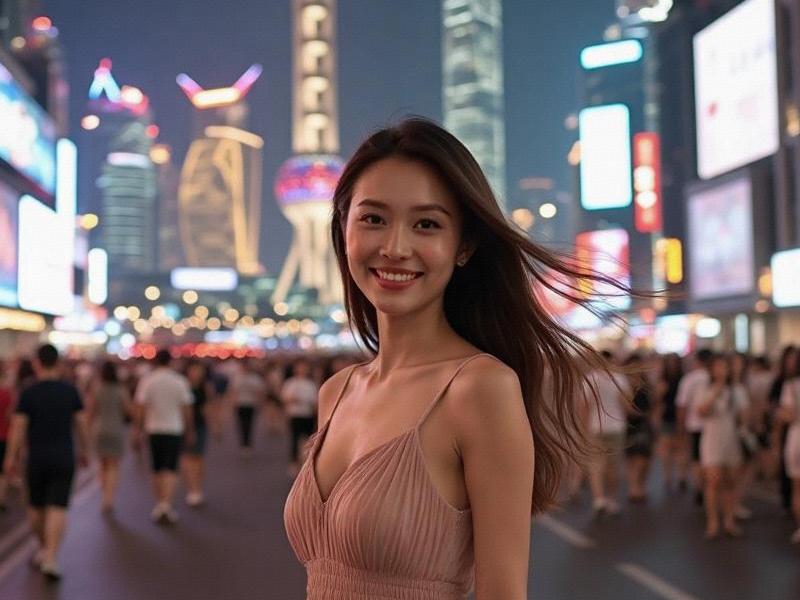This 2500-word feature explores how Shanghai women have shaped China's beauty landscape through decades of cultural fusion, examining their unique approach to fashion, skincare, and self-presentation that blends Eastern traditions with Western influences.

Introduction: The Shanghai Woman Archetype
Shanghai has produced some of China's most enduring feminine icons - from 1930s screen star Ruan Lingyu to modern internet celebrities like Zhang Dayi. What makes Shanghai women distinct isn't just their appearance, but how they've consistently redefined Chinese beauty standards through:
1. Cultural Hybridity - Blending qipao elegance with Parisian chic
2. Skincare Obsession - Pioneering 10-step routines before K-beauty
3. Confidence Cultivation - Valuing poise as much as physical beauty
Historical Foundations (1920s-1980s)
The "Shanghai Girl" archetype emerged during the treaty port era when:
- Western cosmetics first entered China via Shanghai department stores
- Haipai (海派) culture developed a fusion aesthetic
- 1930s calendar girls established the "modern Chinese beauty" template
爱上海419论坛 Reform Era Transformation (1990s-2010s)
Post-economic reform saw:
- Return of beauty pageants (Shanghai winners dominated national contests)
- Local brands like Herborist reviving TCM beauty secrets
- French cosmetics giants establishing Asia HQs in Shanghai
Contemporary Trends (2020-Present)
Today's Shanghai beauty scene features:
1. The "No-Makeup" Makeup Revolution
- 78% of women under 35 prefer "skin-first" beauty (2024 CBNData report)
- Local brands like Chando lead cushion foundation technology
- "Glass skin" achieved through layering serums and essences
上海龙凤419社区
2. Fashion as Cultural Statement
- Mixing luxury items with local designers like Uma Wang
- Qipao reinterpretations for daily wear
- Sustainable fashion adoption rates 40% above national average
3. Digital Age Reinvention
- Douyin beauty tutorials average 3.2M views per Shanghai creator
- Virtual influencers like Ayayi blurring reality/digital beauty
- AI-powered skincare diagnostics in Nanjing Road stores
Economic Impact
Shanghai's beauty economy drives:
- ¥82 billion annual spending (22% national total)
- Asia's largest cosmetic import market
上海私人品茶 - 15% annual growth for local brands
Cultural Debates
Controversies include:
- Pressure to maintain "Shanghai standard" appearances
- Gentrification of traditional beauty practices
- Generational divides in aesthetic values
Conclusion: The Future Shanghai Look
Emerging trends suggest:
- Greater diversity in beauty representations
- Tech-integrated personalized regimens
- Sustainable luxury gaining prominence
Shanghai women continue rewriting China's beauty playbook, proving urban femininity can honor tradition while embracing change.